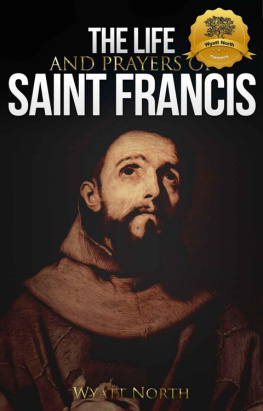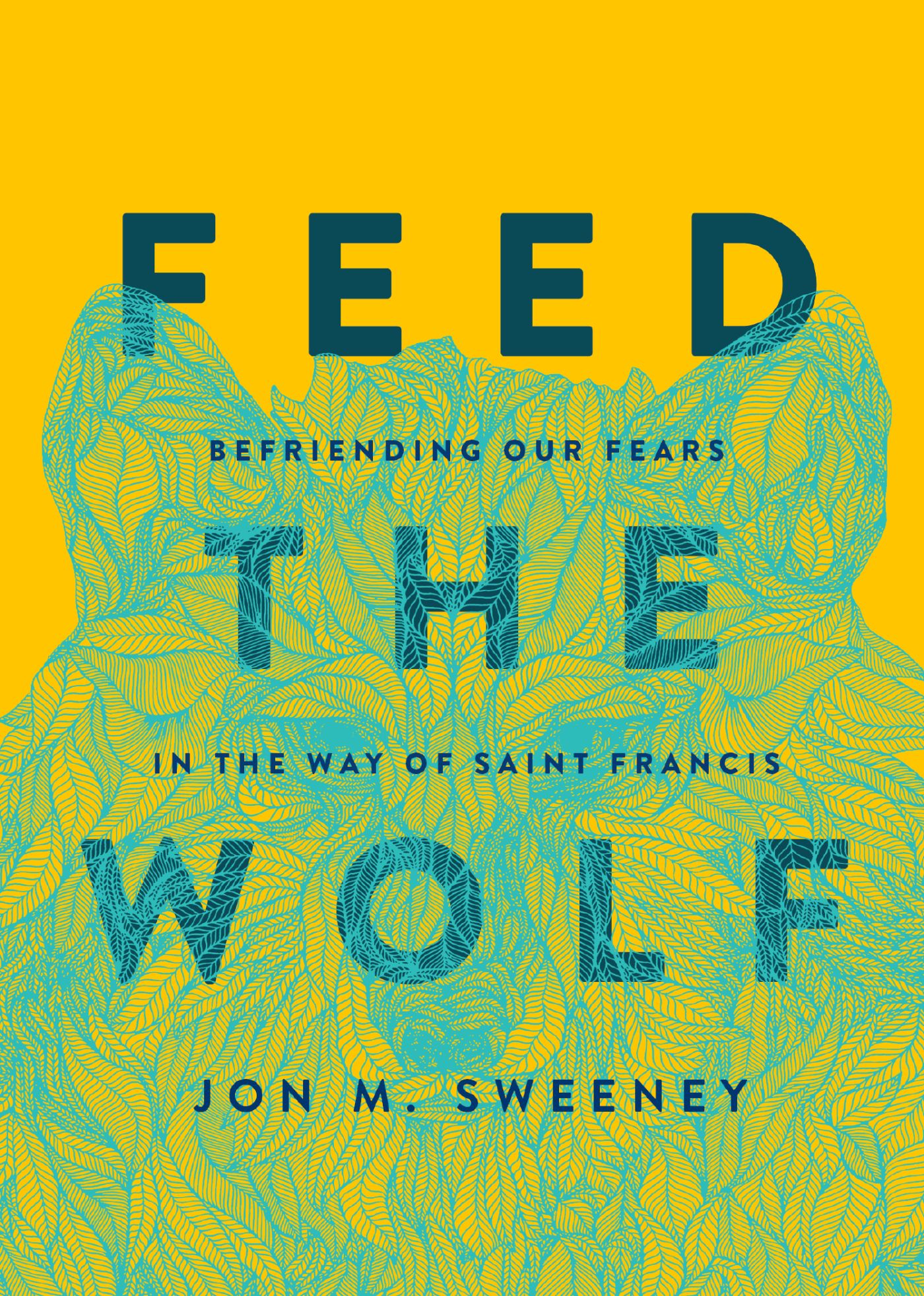
Praise for Feed the Wolf: Befriending Our Fears in the Way of Saint Francis
In Feed the Wolf Jon Sweeney enables Francis, this thirteenth-century saint, to speak to us anew. This book is not just something you read; it is something you put into practice. And when we apply the wisdom of Saint Francis, it has the power not only to heal us but, through us, to heal a hurting world.
Adam Bucko, coauthor of Occupy Spirituality and New Monasticism
Sweeneys Feed the Wolf takes us deeper into the stories of St. Francis, offering us inspiration to move our heart and hands away from fear and comfort, and toward listening and gentleness.
Shemaiah Gonzalez, storyteller and essayist
Jon Sweeney has written several remarkable books about Saint Francis, but this one seems especially appropriate for these troubling times. Read this book, then read it again, and a few more times, and tell every open-hearted soul you know to buy a copy. Its that good.
Claudia Love Mair, author of Zora & Nicky and Dont You Fall Now
The mysteries of faith and creation undergird Jon Sweeneys scholarship and erudition. His fascination with the saint of Assisi provides a reliable guide for redemptive living.
Thomas Lynch, author of Bone Rosary: New and Selected Poems and The Depositions: New and Selected Essays on Being and Ceasing to Be
Feed the Wolf
Feed the Wolf
Befriending Our Fears in the Way of Saint Francis
Jon M. Sweeney
Broadleaf Books
Minneapolis
FEED THE WOLF
Befriending Our Fears in the Way of Saint Francis
Copyright 2021 Jon M. Sweeney. Printed by Broadleaf Books, an imprint of 1517 Media. All rights reserved. Except for brief quotations in critical articles or reviews, no part of this book may be reproduced in any manner without prior written permission from the publisher. Email or write to Permissions, Broadleaf Books, PO Box 1209, Minneapolis, MN 55440-1209.
Unless otherwise noted, all scriptural references are taken from the New Revised Standard Version of the Bible, copyright 1989, 1995 by the Division of Christian Education of the National Council of the Churches of Christ in the United States of America and are used by permission. All rights reserved.
Cover illustration: Sonny Ross
Cover design: Olga Grlic
Print ISBN: 978-1-5064-7073-3
eBook ISBN: 978-1-5064-7074-0
While the author and 1517 Media have confirmed that all references to website addresses (URLs) were accurate at the time of writing, URLs may have expired or changed since the manuscript was prepared.
For Frederic and Mary Ann, who helped pave the way,
and for future generations who go looking for it.
Contents
He knew poets and musicians, soldiers and generals, mothers and fathers, merchants and travelers, sea captains and sultans. He knew rulers and fools, popes and court entertainers, cardinals and criminals, and lovers.
Francis of Assisis life was the stuff of legend. People were even calling him a saint while he was still living, not because of any supernatural performances or special revelations from the Divine, but because, to use the language of a beautiful song by Sarah McLachlan, Francis lived a life filled with more ordinary miracles.
Each chapter of this book illustrates those ordinary miracles, providing a context for his life. Each chapter offers brief episodes of conversation that create a kind of oral history by imagining people who usually have no voice in the record of his life but who we know were there, talking about him. These voices appear in italics in the middle of each chapter, like a chorus.
The nature of ordinary miracles is that they can be repeated.
Franciss eight-hundred-year-old path began as the way of Jesus made tangible in the thirteenth century, and I wouldnt be writing about it if I didnt believe it remains the surest way for a person today to turn away from fear and find grace in modern life.
January 23, 2021
Feast of Saint Marianne Cope of Molokai
I take comfort in the witness of the ancient white pine. Many years of walking in the woods of Vermont and Wisconsin gathering firewood have taught me how a white pine can stand ninety feet tall or more, and every other branch, at any given time, may be dead.
If I fix my grip on the right low-hanging limb, its dry wood cracks easily with a strong pull. You dont see this in a maple, which lives wholly, every branch blooming with leaves each new spring, until it doesnt anymore. When one offshoot of the maple tree dies, the whole tree soon will perish. But not the towering white pine; it has the ability to accommodate death and keep returning year after year for a century or more.
Like every other human being who has been on this planet for a half-century or more, I have experienced suffering and failure and death.
I used to think I was lucky, that the big events had passed me by. I was, and they did. But as you grow older there is a slow-dripping accumulation, like the gradual wearing away of cavern rock, that begins to feel like water rising around your ankles. Mentors die; a marriage ends; you witness friends in terrible pain; relationships sour; theres the loss of career or jobs; moves feel like losses too; and then, in your fifties, friends begin to die with a disturbingly annual regularity. But like that tree, I try to keep growing and sprouting leaves each spring.
Its this desire to keep growing I see in Saint Francis. And I believe he shows us how to lean into life. He too experienced failure, a forever split with a parent, a friends betrayal, physical suffering, moments of humiliation, and death. But he was able to live his life with a flourish. Spirit seems to have filled him with hope and love in ways that make me look and say, Id like some of that, please.
So brief investigations into his way of life to learn for myself, to share with you, are the approach I take in this book. You might even consider each of the chapters a kind of experiment in Francis living.
People call him a poet and artist. He was. People call him simple and naive, and he probably was those things too. Children used to throw dirt and mock him, finding him ridiculous compared to their parents and other adults living within the margins. What is most interesting to me is that if he were alive today, doing what he did then, we would likely also dismiss him. We may not throw rocksmedieval children were transparent in ways that we rarely allow ourselves to bebut wed find him irrelevant, a fool. Or his way of living would go unnoticed. If we even noticed him, we would hold him in dismissive disdain. His actions were inexplicable, like the guy in the alley who bangs on my trash cans. Franciss teachings seem overly simple, without much to engage my desire to debate.
Yet people did notice him. People were drawn to his way of living from the start, and his movement grew like no spiritual movement had before him.
But he wasnt easy. From the distance of history, its easy to love him today. Close up, however, he was sometimes difficult to be around. Imagine an athlete in a team sport who demands of fans in the bleachers what he demands of himself. Francis did that. Then when he was gone from the scene, on a mission or long journey, many came to join what hed started, inspired by the stories of Francis, but they didnt know him personally. They had difficulty imagining how their famous founder could combine joy and pleasure with such severity of commitment. One or the other had to be sacrificed, they imagined. This is when some began to frame Francis in ways that failed to appreciate his art.
Next page
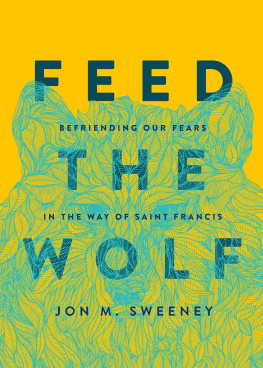

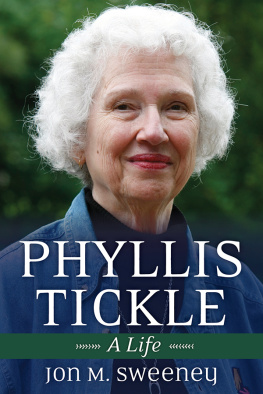

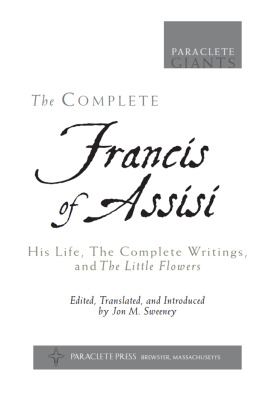




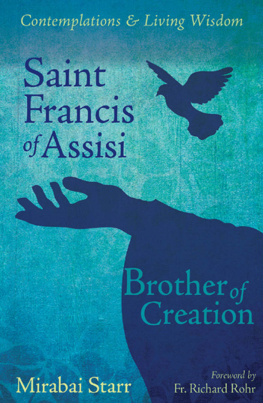
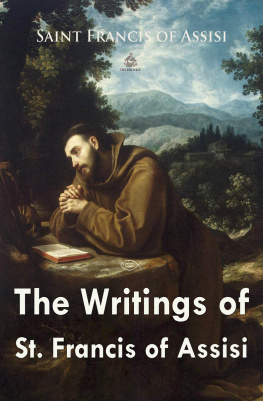
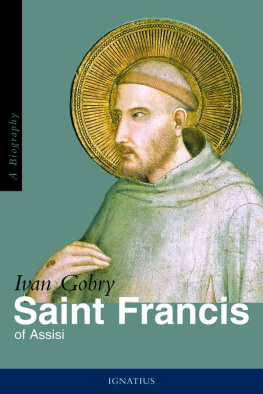
![Saint Francis de Sales [Sales - The Saint Francis de Sales Collection [15 Books]](/uploads/posts/book/266802/thumbs/saint-francis-de-sales-sales-the-saint-francis.jpg)


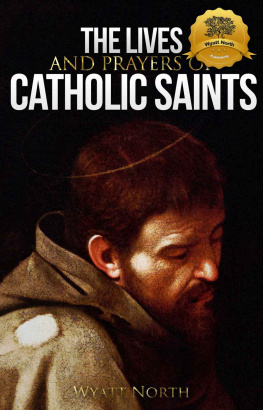
![Saint Francis de Sales - The Saint Francis de Sales Collection [15 Books]](/uploads/posts/book/161144/thumbs/saint-francis-de-sales-the-saint-francis-de-sales.jpg)
